1. Wash Hands
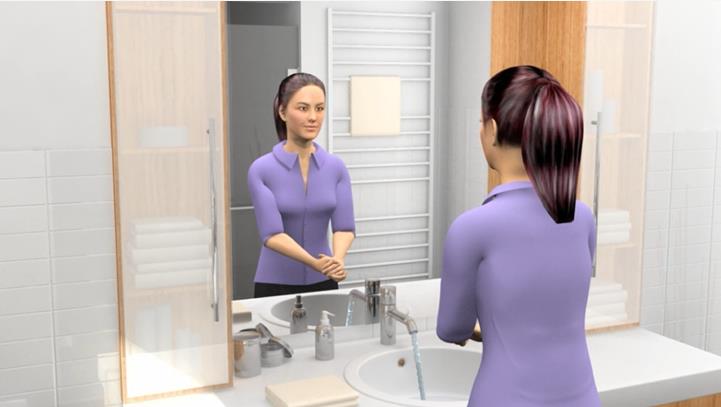
Start by washing your hands thoroughly with soap and water. Do not skip your thumbs. This will maintain clean and hygienic conditions for intermittent self-catheterization.
2. Collect Supplies

Make sure that you have all the equipment required for self-catheterization. You will need a catheter, soap with a neutral pH, cotton pads, and a cathing mirror. If you are performing catheterization while sitting on a wheelchair, you will also need a urine bag to drain urine.
3. Prepare the Catheter

Remove the package of the catheter and place the catheter in such a position that you can easily reach it when you are ready to use it. If using a
Speedicath Standard Catheter, attach the adhesive spot of the package to a clean surface. If using a
Speedicath Compact Catheter, detach the upper and lower part first and then vertically stand the catheter on its handle. If you are performing catheterization on a wheelchair, attach a urine bag to the catheter.
4. Take a Proper Seating Position

Pull down your clothes so you can move freely while performing catheterization. If you are able to urinate, always try before you use a catheter. Position yourself on the toilet seat in such a way that you are able to spread your legs to allow for easy access to the urethra. If you are sitting on a wheelchair, push yourself forward a bit and check if it is easier for you to hold your legs apart. If not, push yourself a bit more further, keeping in mind that you do not fall off from the wheelchair.
5. Position the Mirror
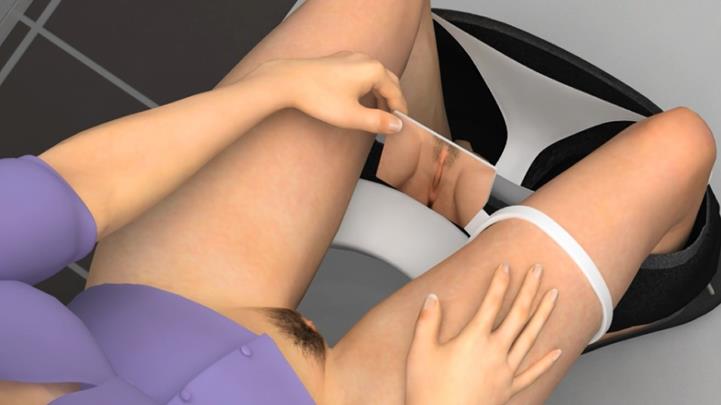
Take the
cathing mirror and fasten it your thigh. This will assist you in properly cleaning the area around the urethra. Also, it will help in locating the meatus and inserting the catheter.
6. Clean the Urethra
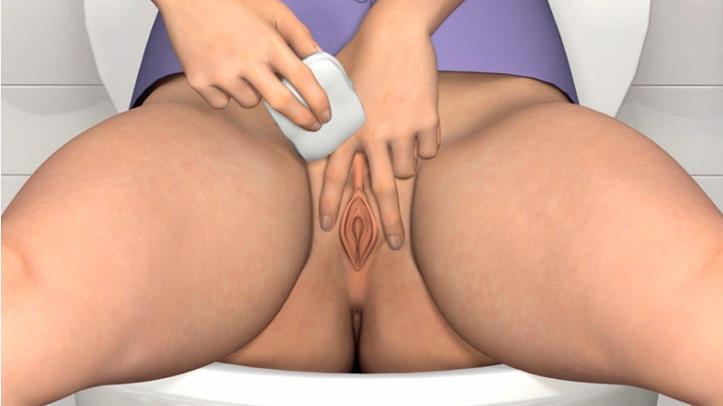
Clean the area around the urethra properly. Spread the labia apart and wash the opening to the urethra from front to back in order to prevent the bacteria from transferring and causing an infection. Use each cotton pad only once.
7. Insert the Catheter
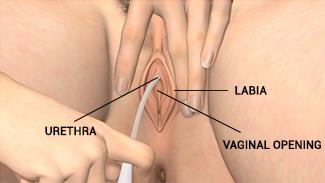
Use your index finger or a cathing mirror to find the urethra, which is located just above the vaginal opening. Relax and slowly insert the
intermittent catheter into the urethra. If it does not get in, take a deep breath and put some downward pressure as if you are trying to urinate. Remove the catheter and try again if you start feeling a sharp pain. Make sure that you use gentle movements to insert the catheter. If you miss the opening to the urethra, you must use a new catheter. Continue to insert it until it reaches your bladder, and the urine starts to flow.
8. Drain Urine
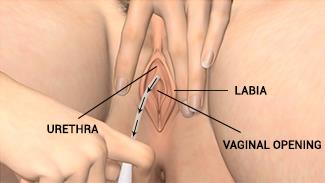
When the urine starts draining, continue for a few more centimeters. Once you see that the urine flow has stopped, move a little and straighten yourself up to make sure that the urine present at the base of the bladder is drained completely. Then slowly remove the catheter. If you are using a
straight tip intermittent catheter, it is recommended that you slowly rotate the catheter while withdrawing it and stop each time more urine drains out. This will ensure complete emptying of the bladder.
9. Dispose the Catheter

Put the catheter back into its package or cover and dispose it in the household rubbish. Do not flush it down the toilet.
10. Wash Hands Again

Wash your hands thoroughly with soap and water once you have completed the process of catheterization.
When to Seek Medical Help?
Seek medical help immediately if you have any of the following during intermittent self-catheterization:
- Burning sensation in the pubic area or urinary tract
- Chills or fever of 100.4 degrees F or higher
- Vomiting and nausea
- Cloudy or foul-smelling urine
- Mucus or sediment in the urine
- Lower backache
- Bloody urine
This is just a guide, we recommend you to consult with your healthcare provider before performing intermittent self-catheterization.
All You Need To Know About Intermittent Catheters
Disclaimer: All content found on our website, including images, videos, infographics and text were created solely for informational purposes. Our content should never be used for the purpose of diagnosis or treatment of any medical conditions. Content shared on our websites is not meant to be used as a substitute for advice from a certified medical professional. Reliance on the information provided on our website as a basis for patient treatment is solely at your own risk. We urge all our customers to always consult a physician or a certified medical professional before trying or using a new medical product.










